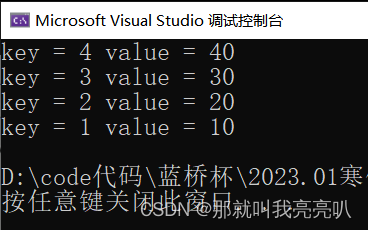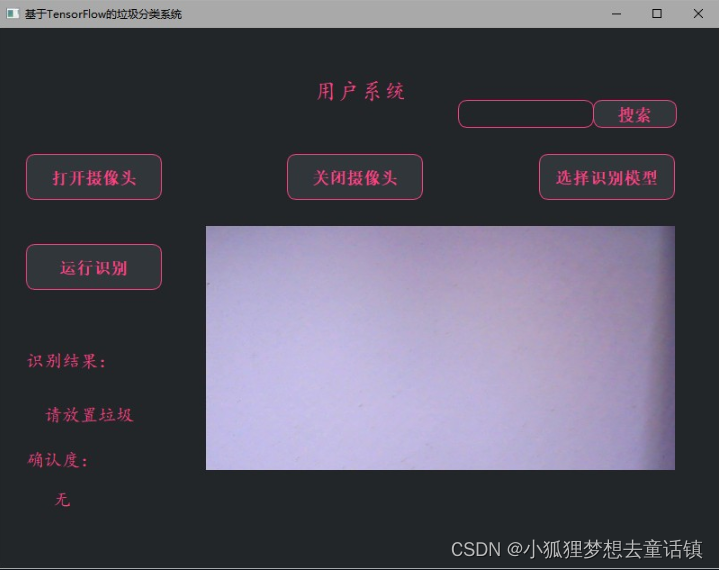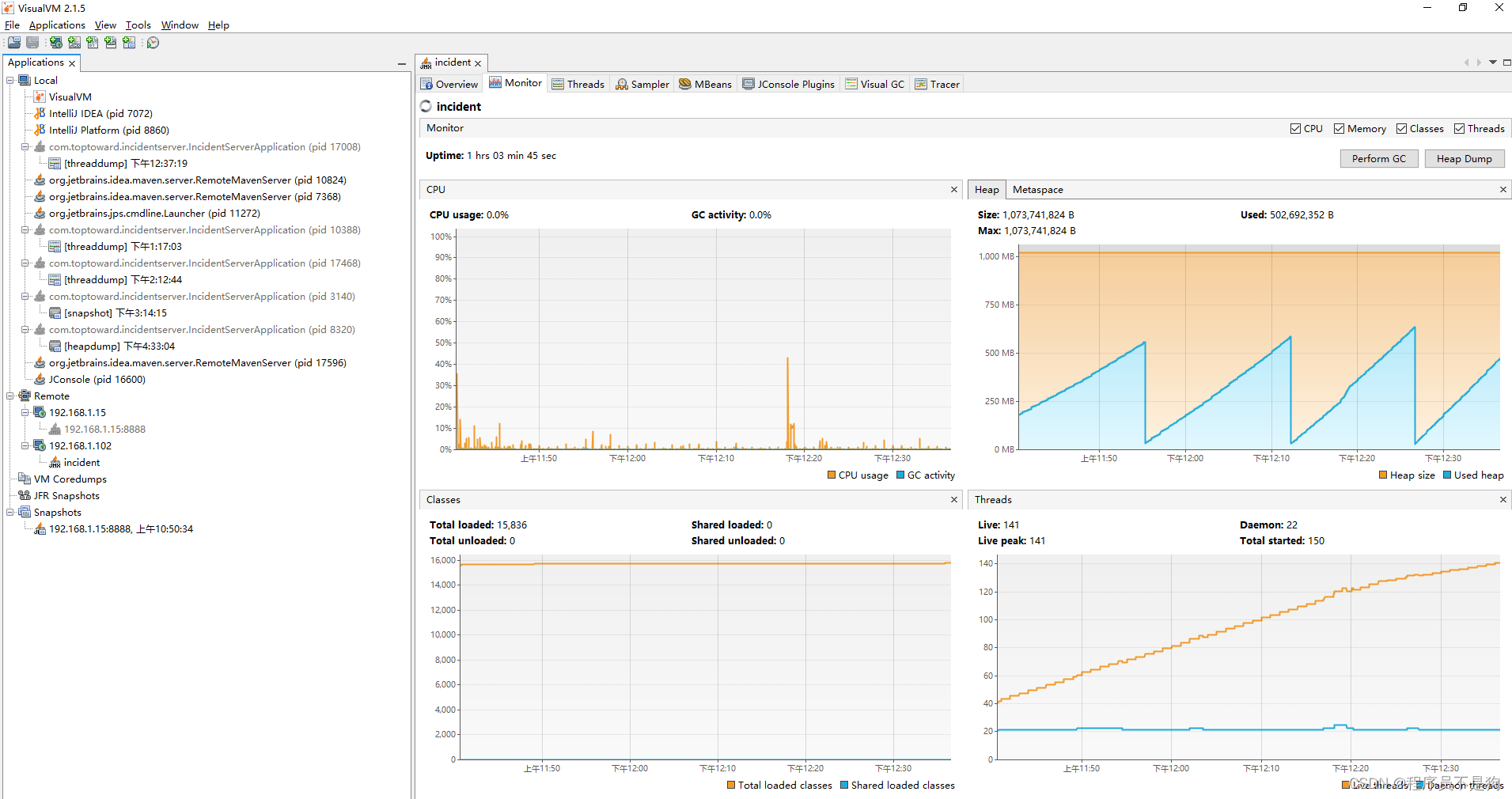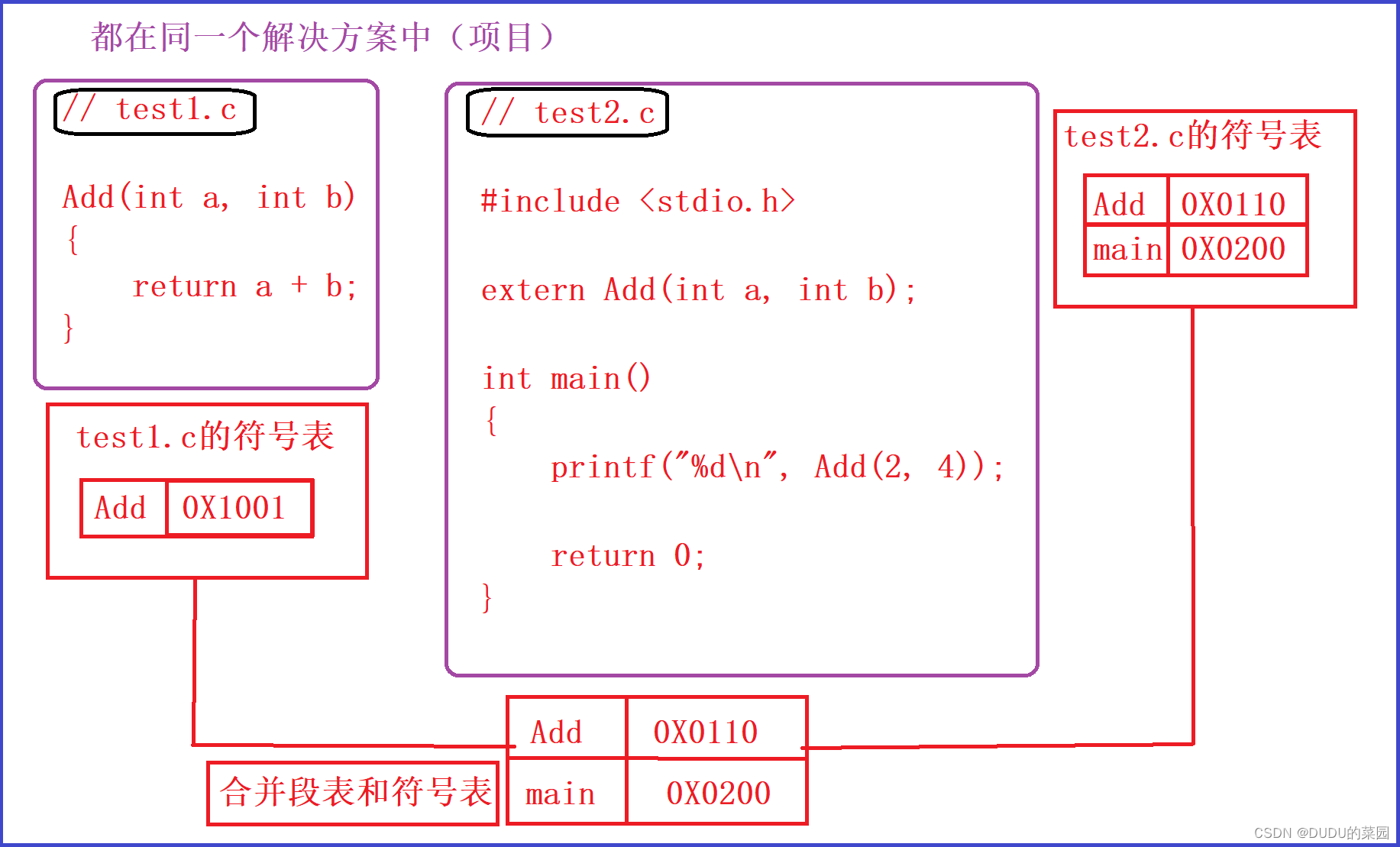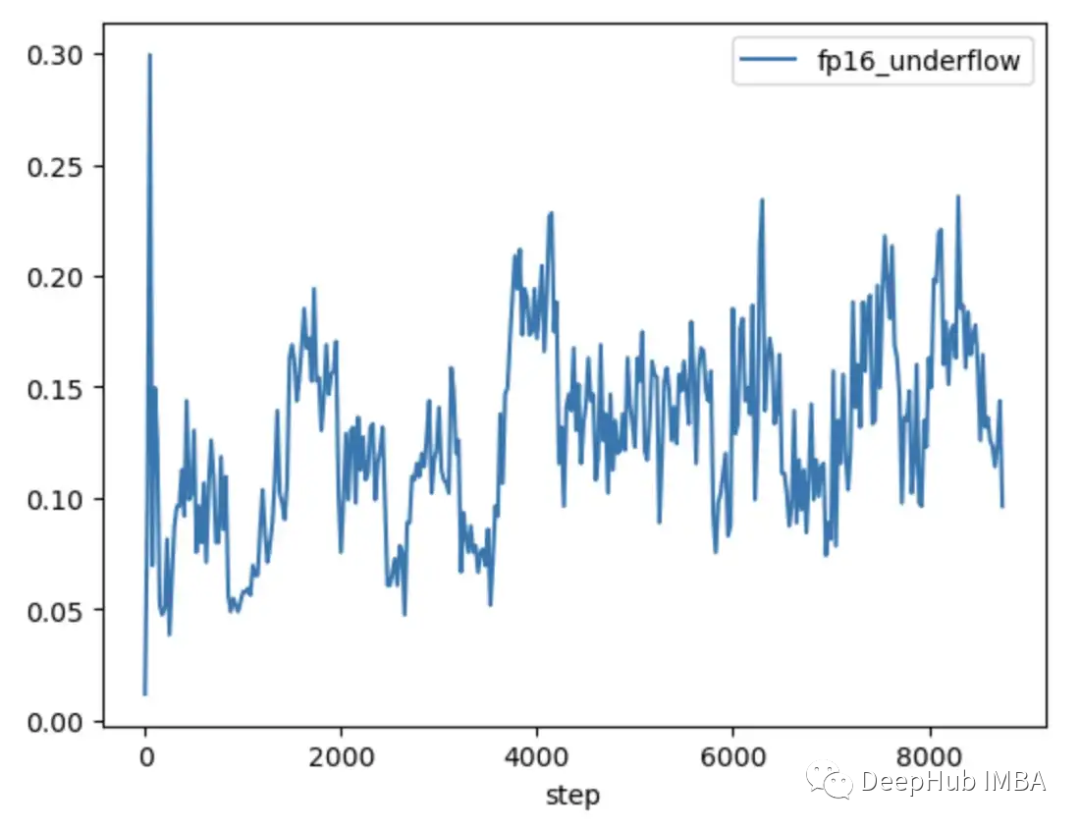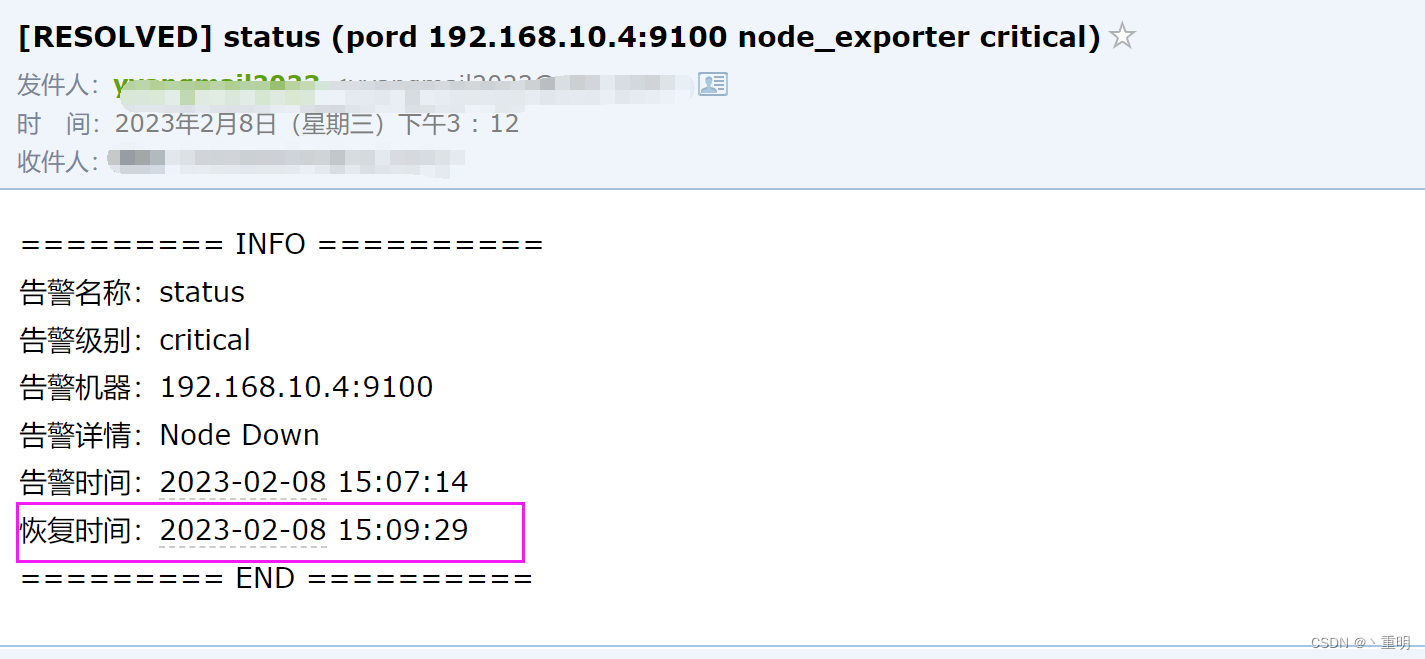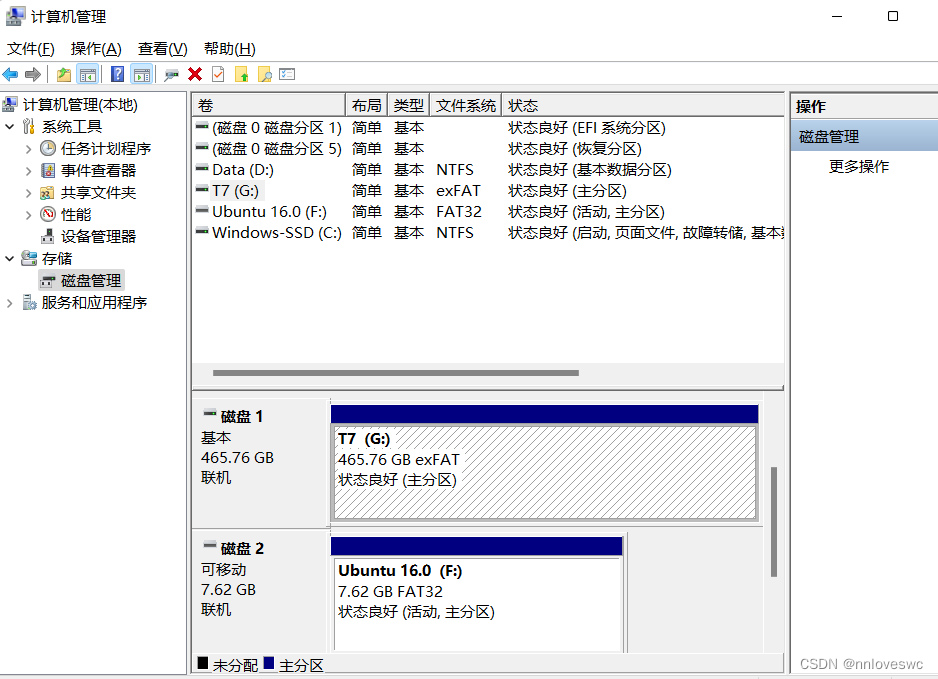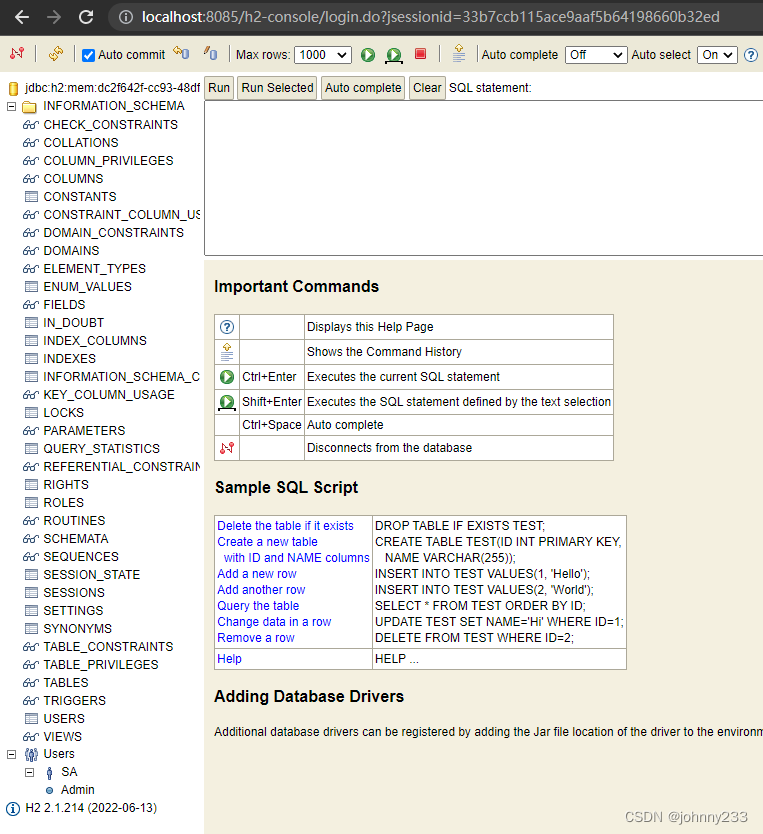一、基于docker环境部署
1、创建docker-compose配置文件
1)创建 docker-compose-minio.yml文件,内容如下:
version: '3.7'
# Settings and configurations that are common for all containers
x-minio-common: &minio-common
image: quay.io/minio/minio:RELEASE.2022-07-08T00-05-23Z
command: server --console-address ":9001" http://minio{1...4}/data{1...2}
expose:
- "9000"
- "9001"
environment:
MINIO_ROOT_USER: admin
MINIO_ROOT_PASSWORD: admin123456
healthcheck:
test: ["CMD", "curl", "-f", "http://localhost:9000/minio/health/live"]
interval: 30s
timeout: 20s
retries: 3
# starts 4 docker containers running minio server instances.
# using nginx reverse proxy, load balancing, you can access
# it through port 9000.
services:
minio1:
<<: *minio-common
hostname: minio1
volumes:
- data1-1:/data1
- data1-2:/data2
minio2:
<<: *minio-common
hostname: minio2
volumes:
- data2-1:/data1
- data2-2:/data2
minio3:
<<: *minio-common
hostname: minio3
volumes:
- data3-1:/data1
- data3-2:/data2
minio4:
<<: *minio-common
hostname: minio4
volumes:
- data4-1:/data1
- data4-2:/data2
nginx:
image: nginx:1.19.2-alpine
hostname: nginx
volumes:
- ./nginx.conf:/etc/nginx/nginx.conf:ro
ports:
- "9000:9000"
- "9001:9001"
depends_on:
- minio1
- minio2
- minio3
- minio4
## By default this config uses default local driver,
## For custom volumes replace with volume driver configuration.
volumes:
data1-1:
data1-2:
data2-1:
data2-2:
data3-1:
data3-2:
data4-1:
data4-2:
可以设置 container_name 指定运行时容器名称,而不使用默认格式(<项目名称><服务名称><序号>)
2)创建nginx配置文件nginx.conf,内容如下:
user nginx;
worker_processes auto;
error_log /var/log/nginx/error.log warn;
pid /var/run/nginx.pid;
events {
worker_connections 4096;
}
http {
include /etc/nginx/mime.types;
default_type application/octet-stream;
log_format main '$remote_addr - $remote_user [$time_local] "$request" '
'$status $body_bytes_sent "$http_referer" '
'"$http_user_agent" "$http_x_forwarded_for"';
access_log /var/log/nginx/access.log main;
sendfile on;
keepalive_timeout 65;
# include /etc/nginx/conf.d/*.conf;
upstream minio {
server minio1:9000;
server minio2:9000;
server minio3:9000;
server minio4:9000;
}
upstream console {
ip_hash;
server minio1:9001;
server minio2:9001;
server minio3:9001;
server minio4:9001;
}
server {
listen 9000;
listen [::]:9000;
server_name localhost;
# To allow special characters in headers
ignore_invalid_headers off;
# Allow any size file to be uploaded.
# Set to a value such as 1000m; to restrict file size to a specific value
client_max_body_size 0;
# To disable buffering
proxy_buffering off;
proxy_request_buffering off;
location / {
proxy_set_header Host $http_host;
proxy_set_header X-Real-IP $remote_addr;
proxy_set_header X-Forwarded-For $proxy_add_x_forwarded_for;
proxy_set_header X-Forwarded-Proto $scheme;
proxy_connect_timeout 300;
# Default is HTTP/1, keepalive is only enabled in HTTP/1.1
proxy_http_version 1.1;
proxy_set_header Connection "";
chunked_transfer_encoding off;
proxy_pass http://minio;
}
}
server {
listen 9001;
listen [::]:9001;
server_name localhost;
# To allow special characters in headers
ignore_invalid_headers off;
# Allow any size file to be uploaded.
# Set to a value such as 1000m; to restrict file size to a specific value
client_max_body_size 0;
# To disable buffering
proxy_buffering off;
proxy_request_buffering off;
location / {
proxy_set_header Host $http_host;
proxy_set_header X-Real-IP $remote_addr;
proxy_set_header X-Forwarded-For $proxy_add_x_forwarded_for;
proxy_set_header X-Forwarded-Proto $scheme;
proxy_set_header X-NginX-Proxy true;
# This is necessary to pass the correct IP to be hashed
real_ip_header X-Real-IP;
proxy_connect_timeout 300;
# To support websocket
proxy_http_version 1.1;
proxy_set_header Upgrade $http_upgrade;
proxy_set_header Connection "upgrade";
chunked_transfer_encoding off;
proxy_pass http://console;
}
}
}
2、启动服务
docker-compose -f docker-compose-minio.yml up -d
将docker服务设置为开机自启动
systemctl enable docker
3、访问测试
在浏览器中输入地址:http://localhost:9000
配置文件中已经指定了root账户密码,分别是如下配置项,可以根据情况改成别的值
- MINIO_ROOT_USER
- MINIO_ROOT_PASSWORD
账号登录后,可以直接在界面上操作(查询、上传、下载、删除、预览等)

二、在Java中使用
1、引入依赖jar包
<dependency>
<groupId>io.minio</groupId>
<artifactId>minio</artifactId>
<version>8.3.3</version>
</dependency>
2、测试代码示例
import io.minio.*;
import org.junit.jupiter.api.Test;
import java.io.File;
import java.io.FileInputStream;
public class MinioDemoTest {
//1. 创建一个客户端
//获取客户端对象
MinioClient client = MinioClient.builder().endpoint("http://192.168.56.111:9000") //本地ip+端口号
.credentials("test", "test1234") //用户名和密码
.build();
//2. 创建一个Bucket(桶)
@Test
public void createBucket() throws Exception {
//这里参数就是很智能的可以生成.鼠标光标会放在.build前,我门只需要加上桶名就行
client.makeBucket(MakeBucketArgs.builder().bucket("mytest02").build());
}
//3. 判断这个桶是否存在
@Test
public void bucketExist() throws Exception {
boolean result = client.bucketExists(BucketExistsArgs.builder().bucket("mytest02").build());
System.out.println(result);
}
//4. 给桶中放对象(文件) 有两种方法: 1)使用putObject() 2)使用uploadObject() 有点小不同
@Test
public void uploadTest() throws Exception {
//方法一 使用putObject()
File file = new File("d:\\temp\\3.jpg");
FileInputStream fps = new FileInputStream(file);
client.putObject(PutObjectArgs.builder()
.bucket("mytest02") //桶名
.object("ooo.jpg") //要生成的对象名
.stream(fps, file.length(), -1)
.contentType("image/jpeg")
.build());
//方法二 使用uploadObject()
client.uploadObject(UploadObjectArgs.builder()
.bucket("mytest02") //桶名
.object("81.jpg") //要生成的对象名
.filename("d:\\temp\\81.jpg") //要上传的文件在本地的路径
.build());
}
//5. 通过接口下载文件
@Test
public void domloadTest() throws Exception {
DownloadObjectArgs args = DownloadObjectArgs.builder().bucket("mytest02")
.object("ooo.jpg") // 要查找的文件名称
.filename("d:/temp/d01.jpg") // 文件下载后存储在哪里
.build();
client.downloadObject(args);
}
//6. 查看文件列表
@Test
public void listTest() throws Exception {
Iterable<Result<Item>> results = client.listObjects(
ListObjectsArgs.builder()
.bucket("mytest02")
.startAfter("10") // '10'开头文件以及之后的所有文件
.prefix("0") // '0'开头的所有文件
.maxKeys(100) // 最大返回多少文件
.build());
results.forEach(item -> {
try {
System.out.println("item.get() = " + item.get().objectName());
} catch (Exception e) {
e.printStackTrace();
}
});
}
}

